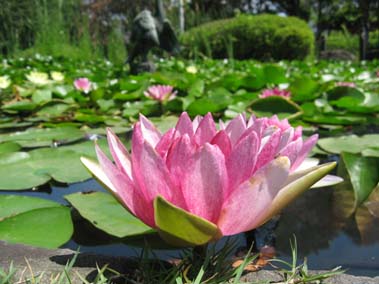
A flea market or swap market is a place where vendors come to sell or trade their goods. The goods are usually inexpensive and range in quality depending on several factors. In Japan, at the beginning of every season, there is a flea market in almost every community. The vast majority of flea markets sell goods that are second-hand. Larger sections of newer but usually inexpensive items can be found at some of the larger or more urban flea markets. There are many kinds of goods ranging from clothing, shoes, handbags, fragrances, toys, ect.
The original flea market is likely to be the Marche aux puces of Saint-Quen, Sein-Saint-Denis, in the northern suburbs of Paris. It is a large, long established outdoor bazaar, one of four in Paris. They earned their name from the flea-infested clothing and rags sold there. From the late 17th century, the makeshift open-air market in the town of Saint-Ouen began as temporary stalls and benches among the fields and market gardens where ragpickers exchange their findings for a small sum.
The original flea market is likely to be the Marche aux puces of Saint-Quen, Sein-Saint-Denis, in the northern suburbs of Paris. It is a large, long established outdoor bazaar, one of four in Paris. They earned their name from the flea-infested clothing and rags sold there. From the late 17th century, the makeshift open-air market in the town of Saint-Ouen began as temporary stalls and benches among the fields and market gardens where ragpickers exchange their findings for a small sum.
During my stay in Tokyo, one of most expensive cities in the world, I found that flea markets are cheap and convenient, especially if you stay for a short period. Some times, you may find some interesting items and good souvenirs for cheaper prices. However, you have to be there as early as possible to find best things.



